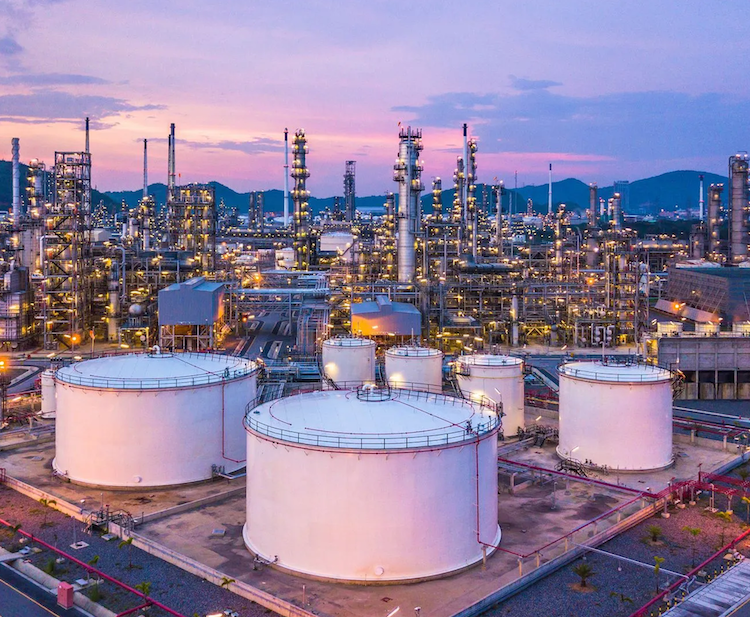
Abstract:
Built on the Solar Reactive Utilization framework, this study presents an innovative concept called the Solar Oil Refinery, applying solar energy in the energy-demanding oil refining. Herein, a solar multi-energies-driven hybrid chemical oil refining system, exemplified by residual oil cracking, has been successfully developed and formulated in solar-driven thermo-electrochemical cracking of residual oil. This integrated solar oil refining system, coupled with solar pyrolysis and electrolysis – synergistic thermo- and electrochemistry, can greatly promote the “cracking” of residual oil. Owing to the simultaneous applications of solar heat, solar electricity, and the relevant chemical reactions, the system can significantly improve solar utilization efficiency, the cracking rate and the hydrogen yield. In the operation, solar energy, co-functioning with oil, is converted into light hydrocarbon fuel with the advantage of excess hydrogen energy storage. Notably, the temperature required for solar oil cracking is considerably reduced compared with that of conventional pyrolysis, with a cracking rate of 11.2% at the initial temperature of 230 ℃. As the temperature rises, the cracking rate is elevated, reaching 45.22% at 275 ℃ and an impressive 89.85% at the typical temperature of 425 ℃, in contrast to the 44.25% achieved in conventional pyrolysis. In the conventional pyrolysis, the gas, liquid, solid products and unreacted residual oil are accounted for 3.98%, 24.57%, 15.57%, and 55.75%, respectively, but, in the solar oil cracking, the gas, liquid, solid products and residual oil improve to 13.2%, 75.1%, 1.65%, and 10.05%, respectively. This process is characterized by a substantial increase of gas and liquid phase products, coupled with a significant reduction of solid phase products and unreacted residual oil. At 425 ℃, a noteworthy increase of 10.7% in gasoline, 21.7% in diesel, and 18.13% in vacuum gas oil occurs in solar oil cracking compared to conventional pyrolysis. The presence of light hydrocarbons and oxygen-containing organic compounds are detected in both gas-phase and liquid-phase products. In solar oil cracking, the hydrogen yield has been significantly boosted to 63.0% in the combined action of the hydrolysis and electrolysis, surpassing the hydrogen yield achieved through the conventional pyrolysis. The simultaneous utilization of both solar heat and solar electricity which substantially enhances total solar utilization efficiency and the oil conversion rate, can effectively reduce the consumption of the fossil energy in petroleum industry.
Li, C., Wang, M., Li, N., Gu, D., Yan, C., Yuan, D., Jiang, H., Wang, B., & Wang, X. (2024). Solar oil refinery: Solar-driven hybrid chemical cracking of residual oil towards efficiently upgrading fuel and abundantly generating hydrogen. Energy Conversion and Management, 300, 117900. https://doi.org/10.1016/j.enconman.2023.117900














































